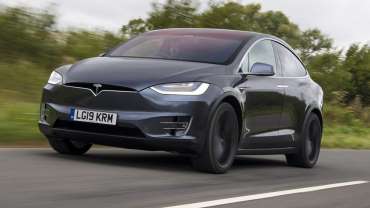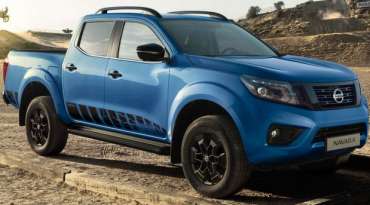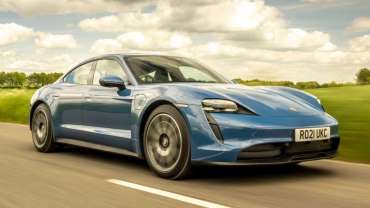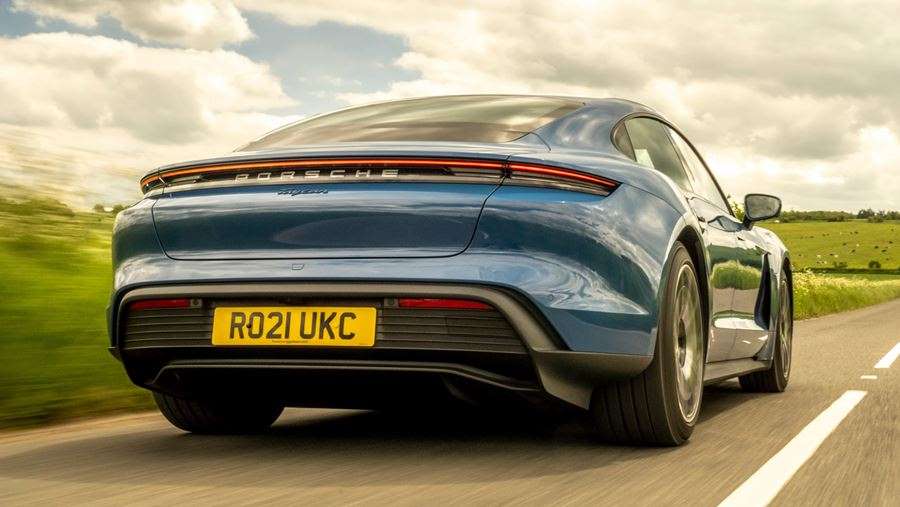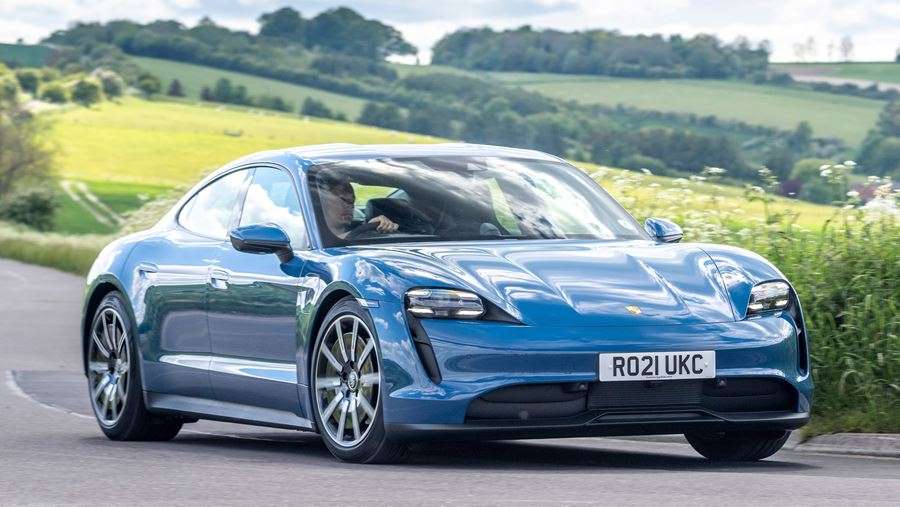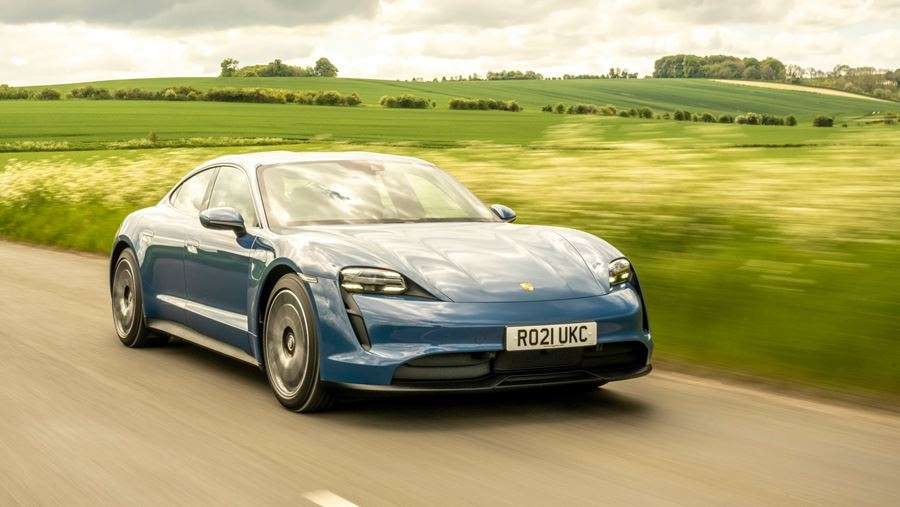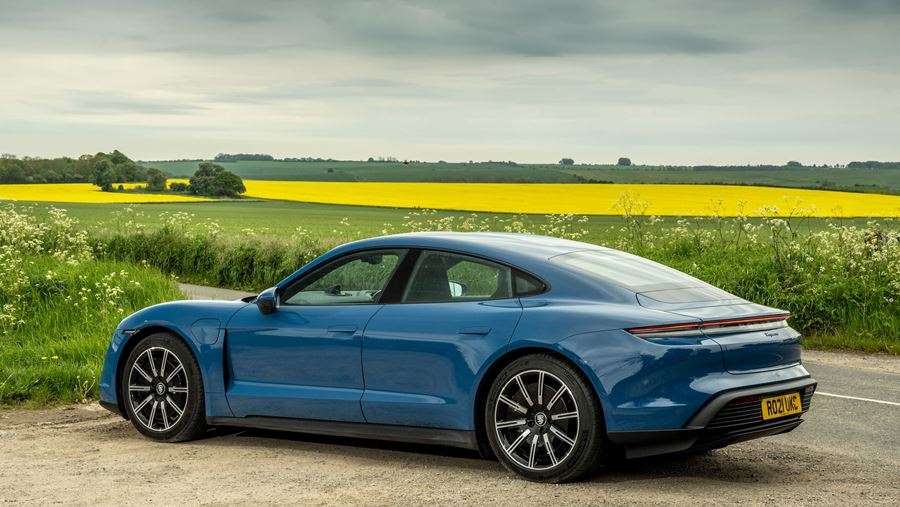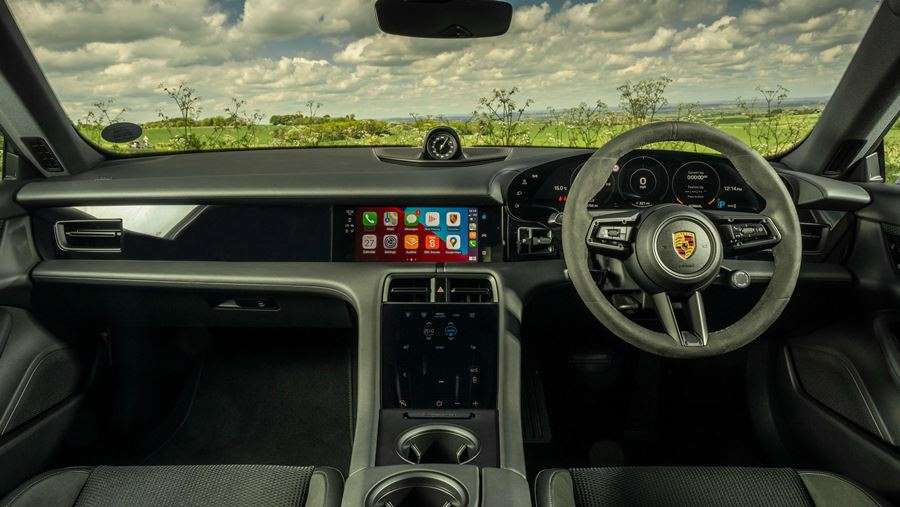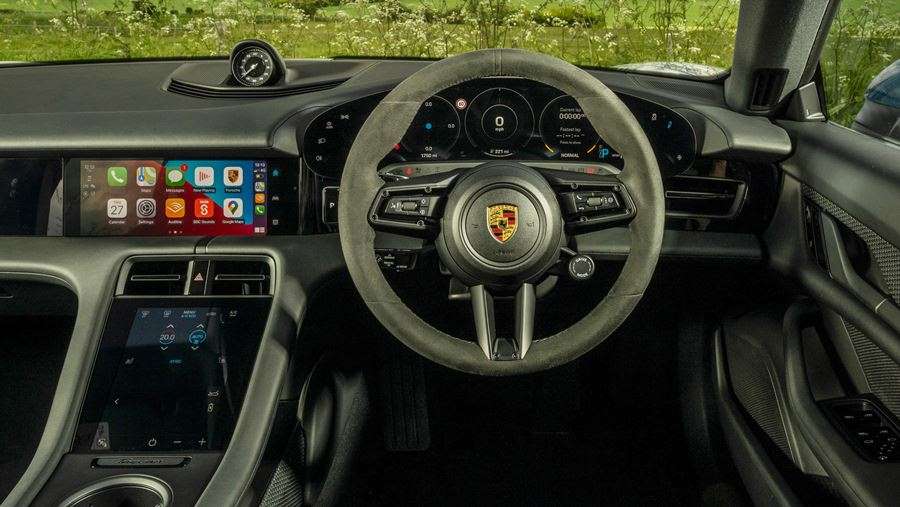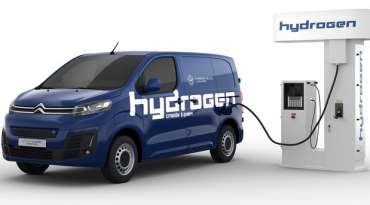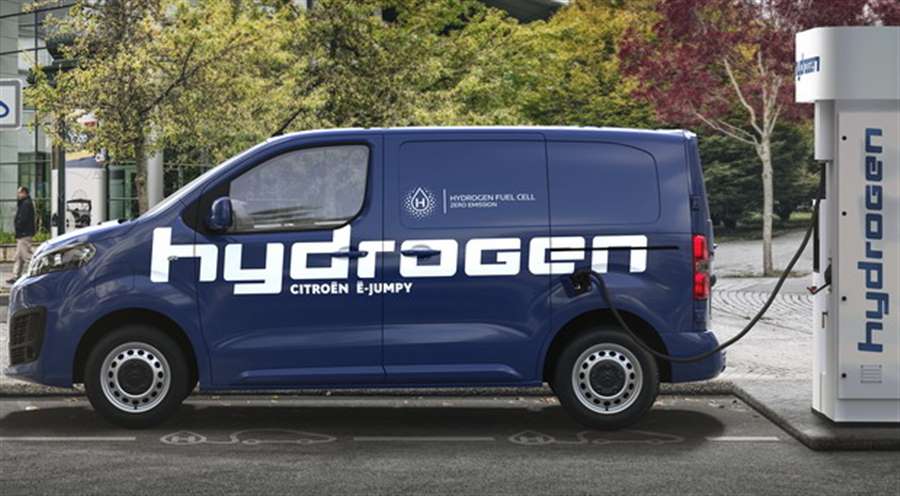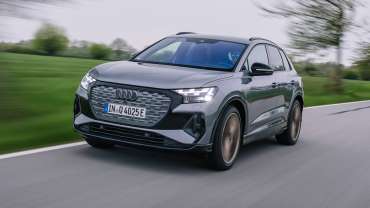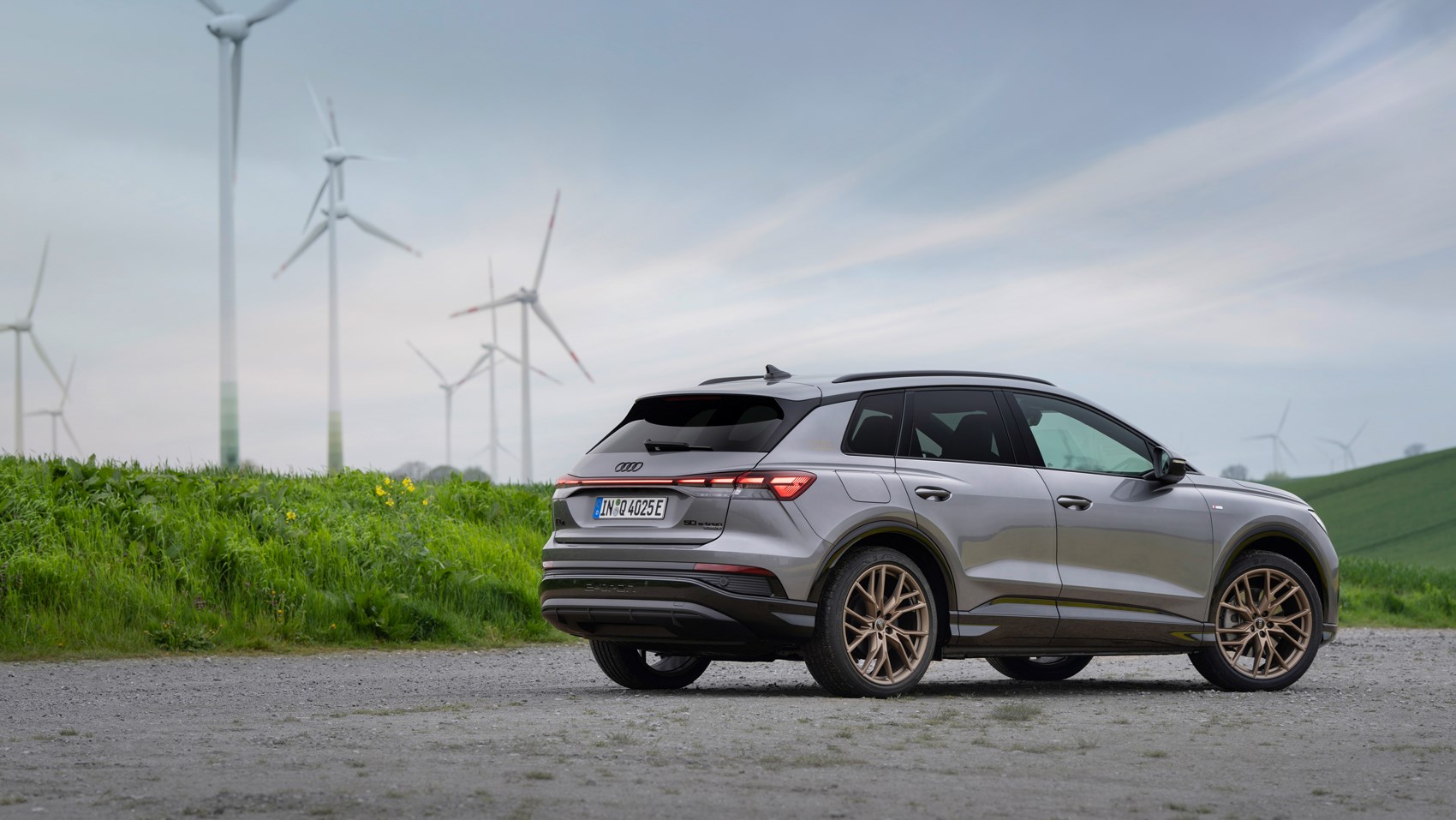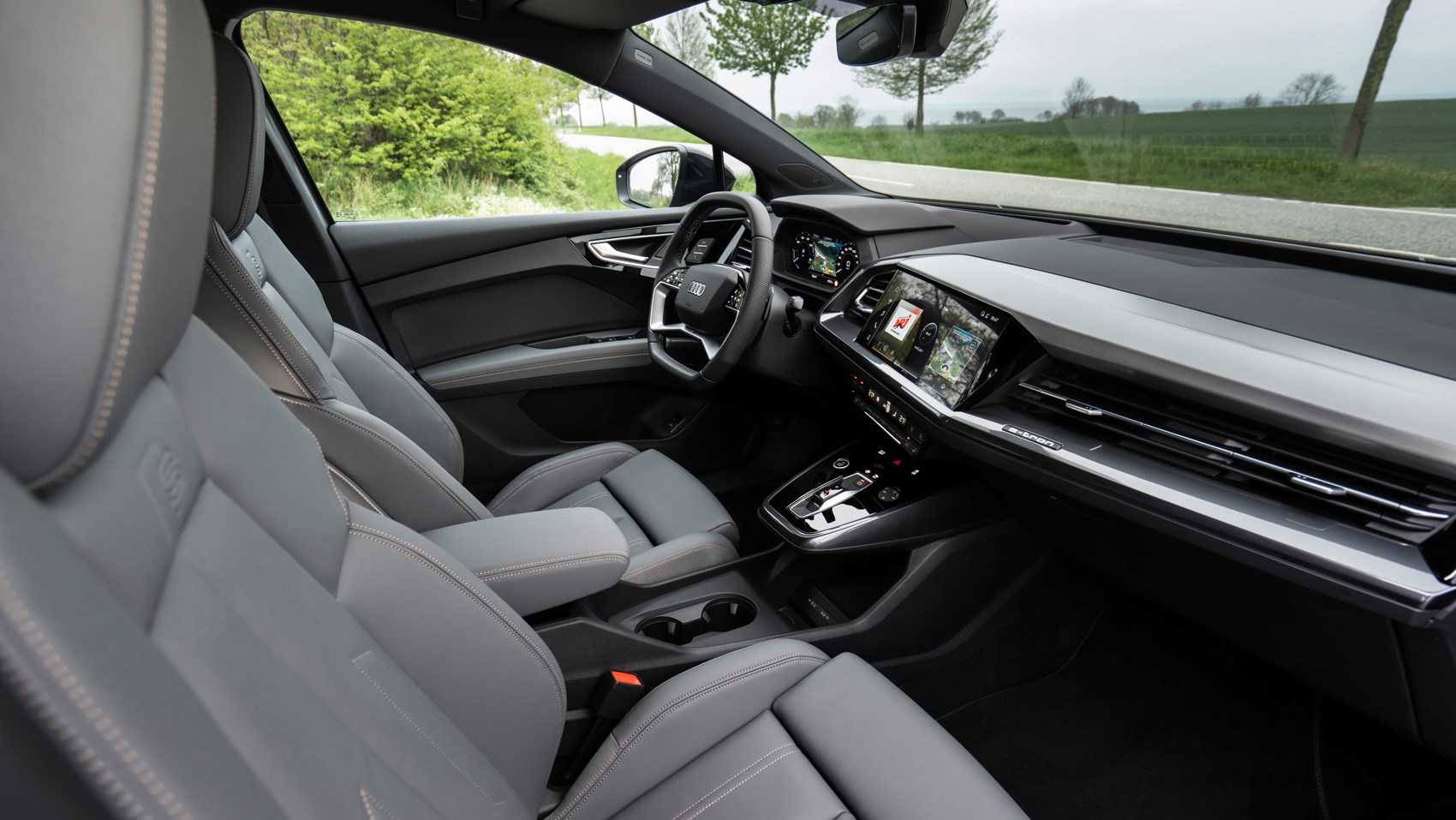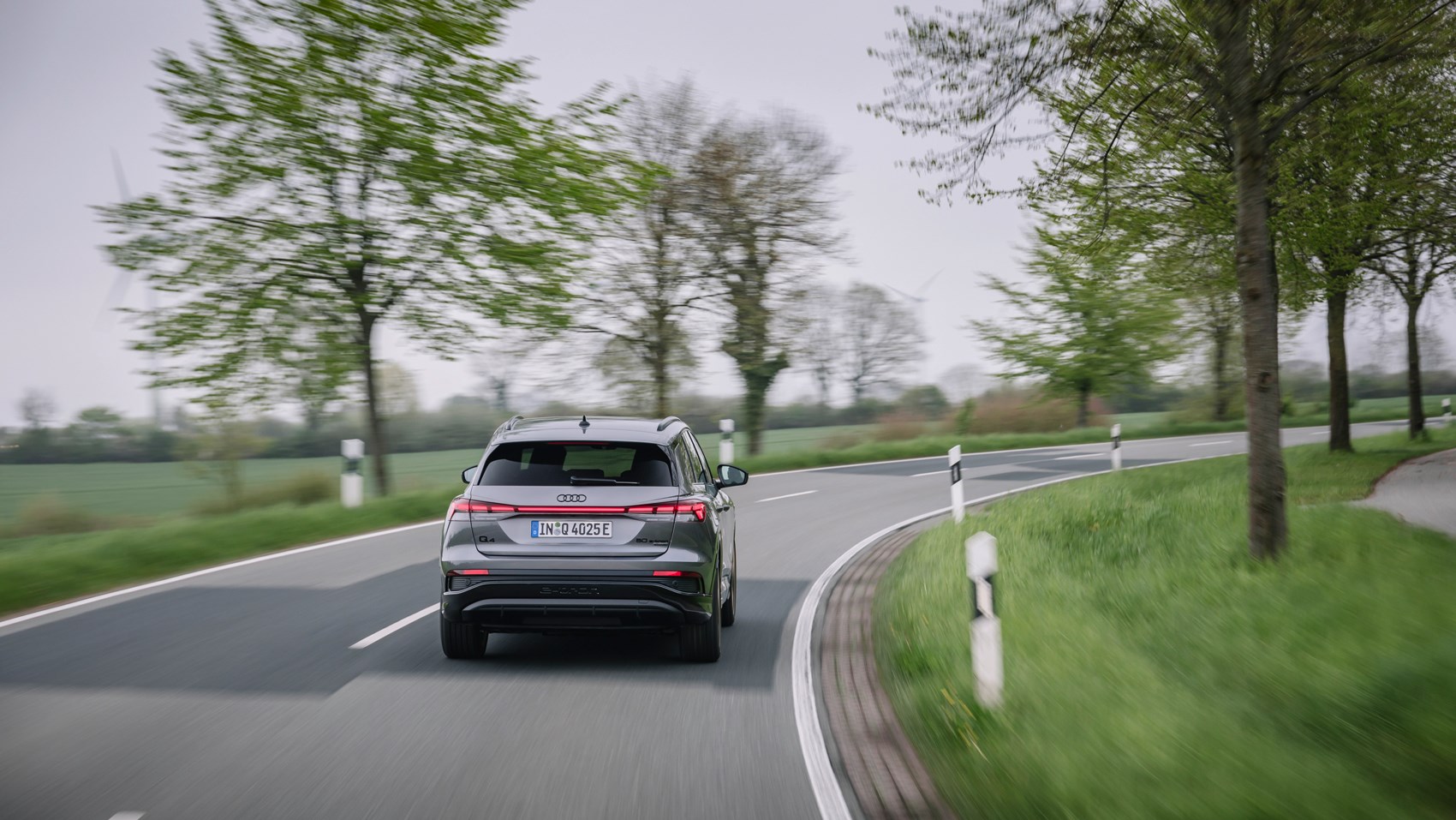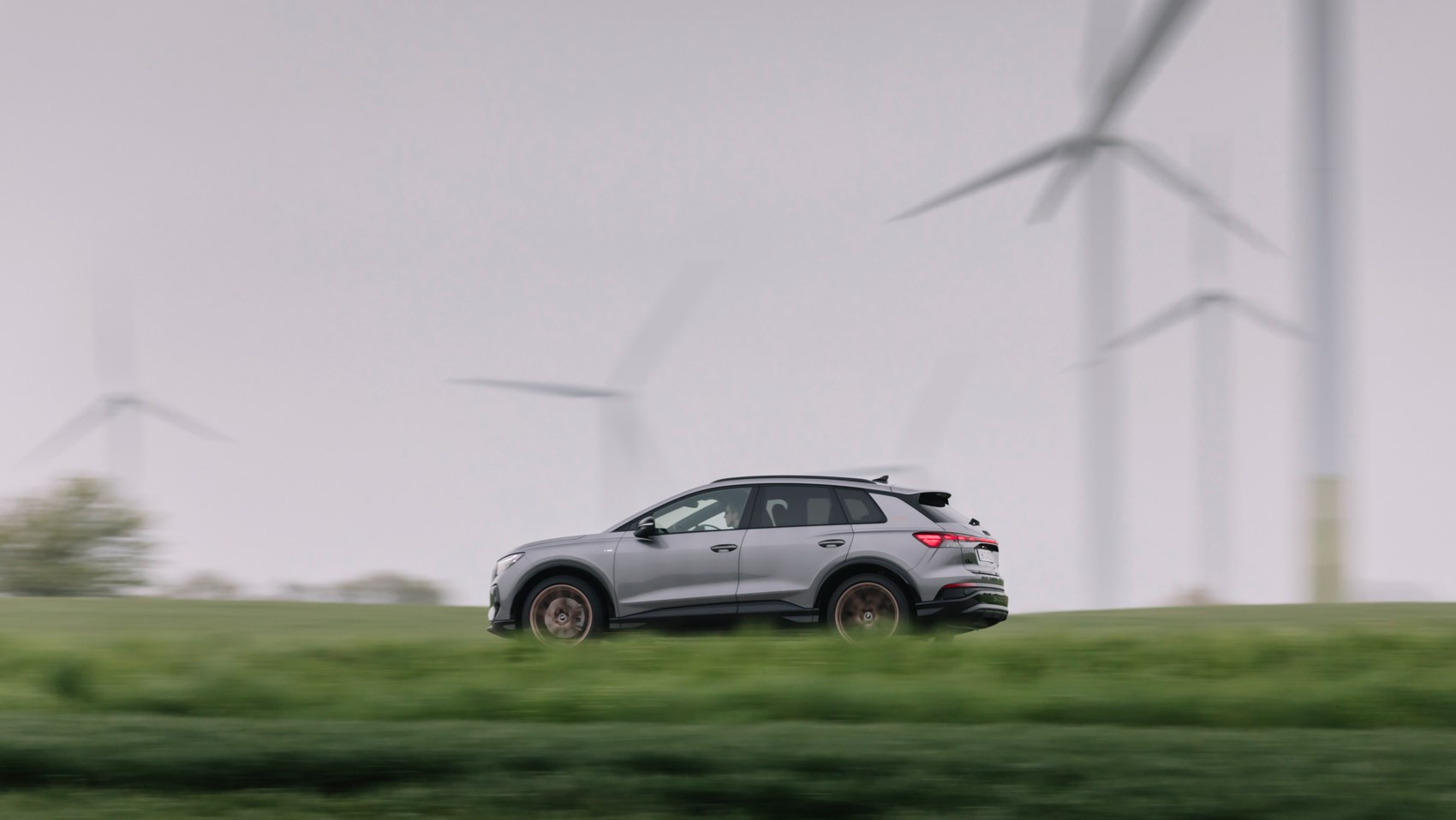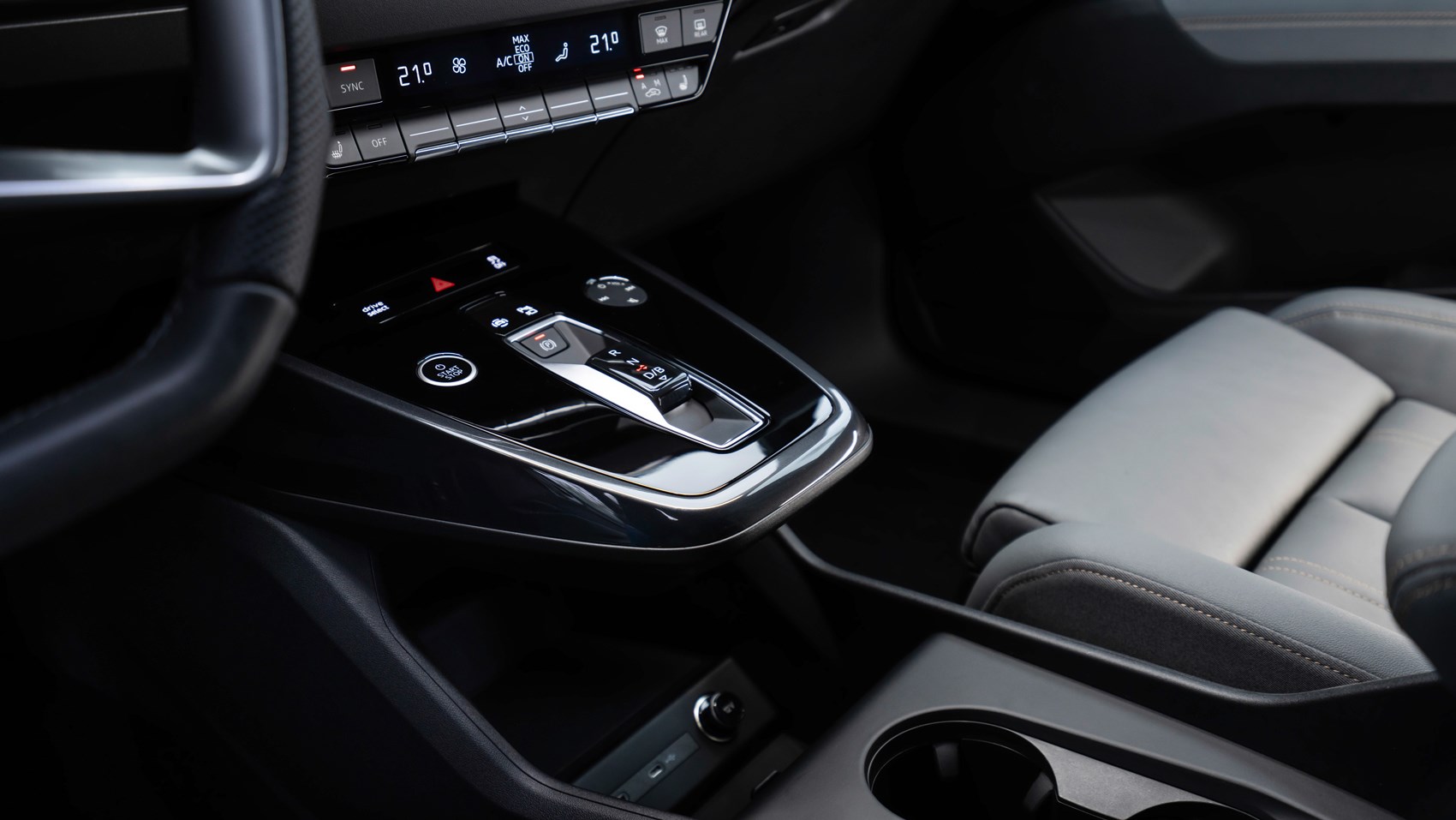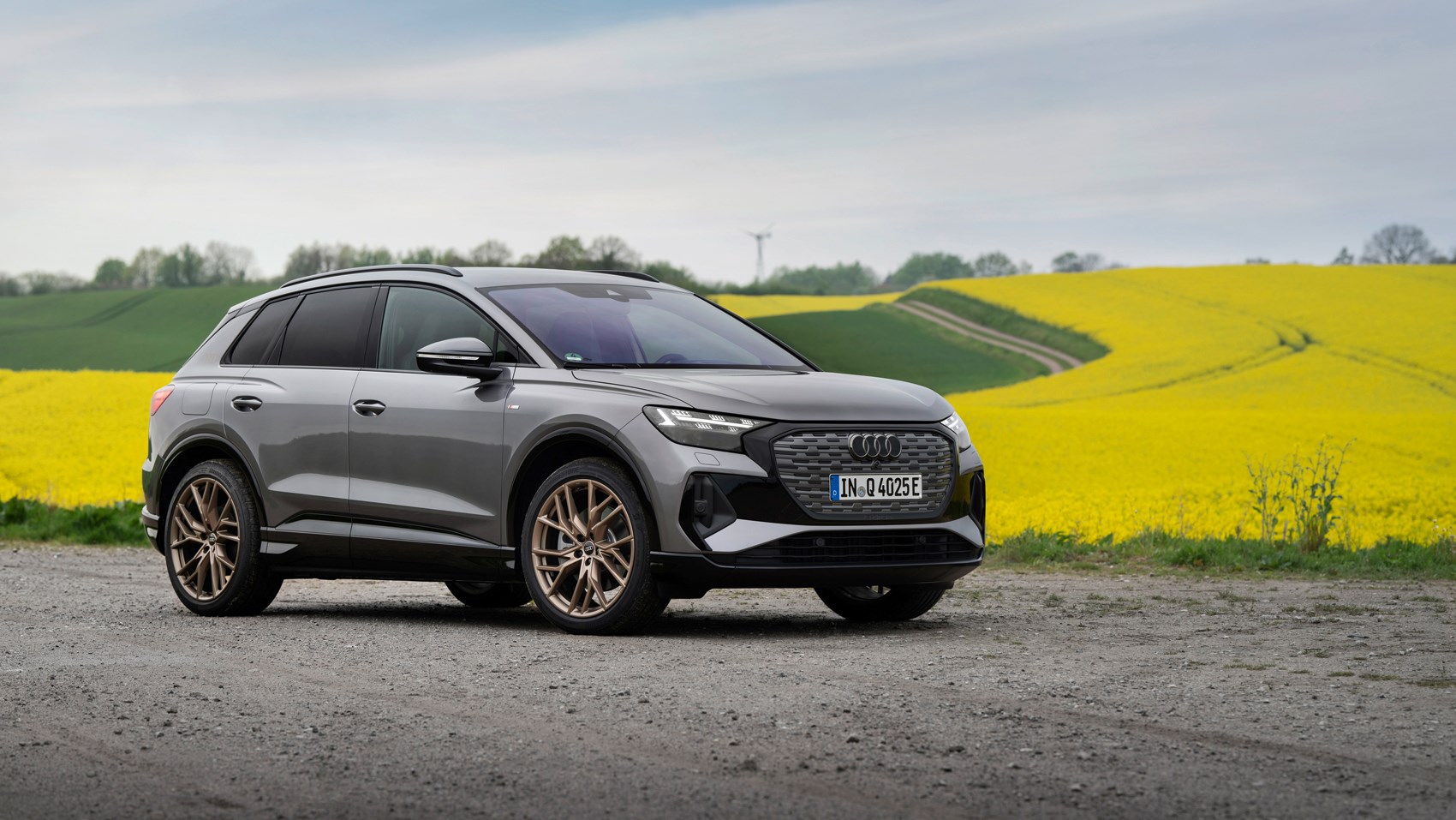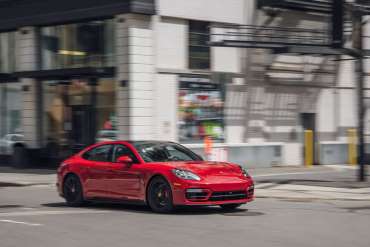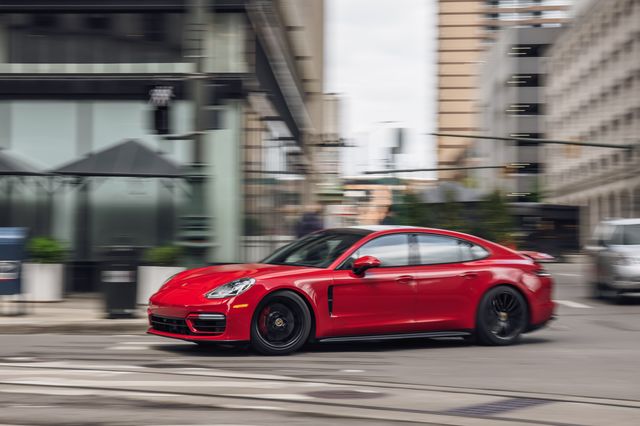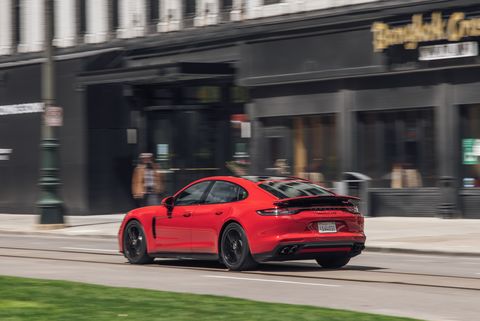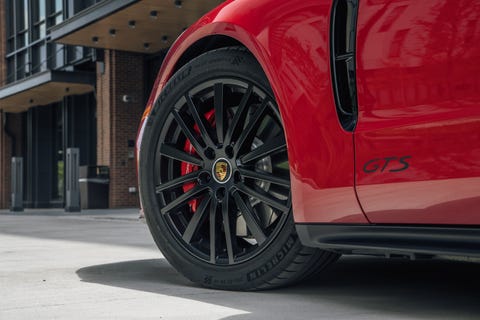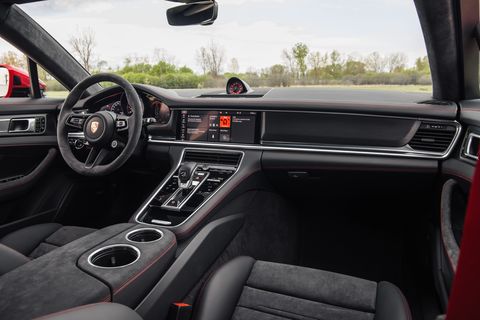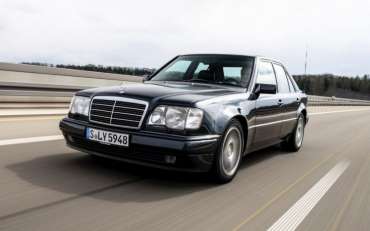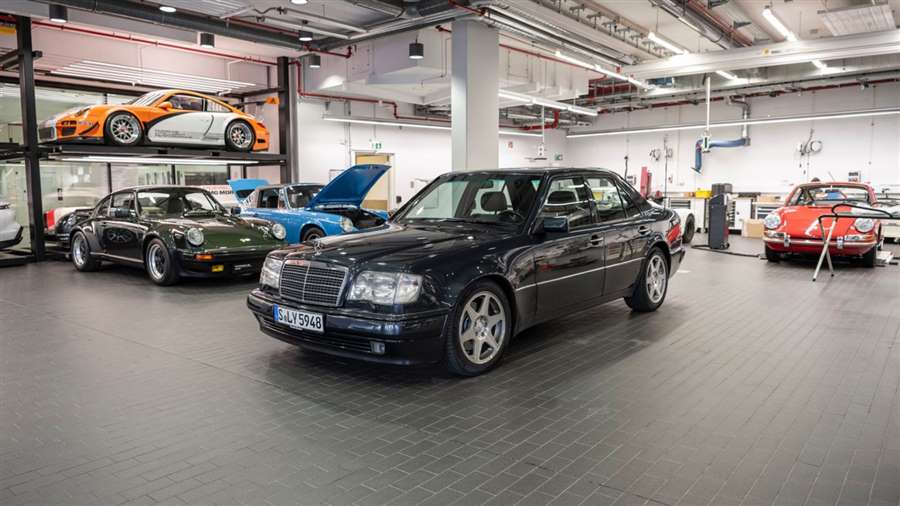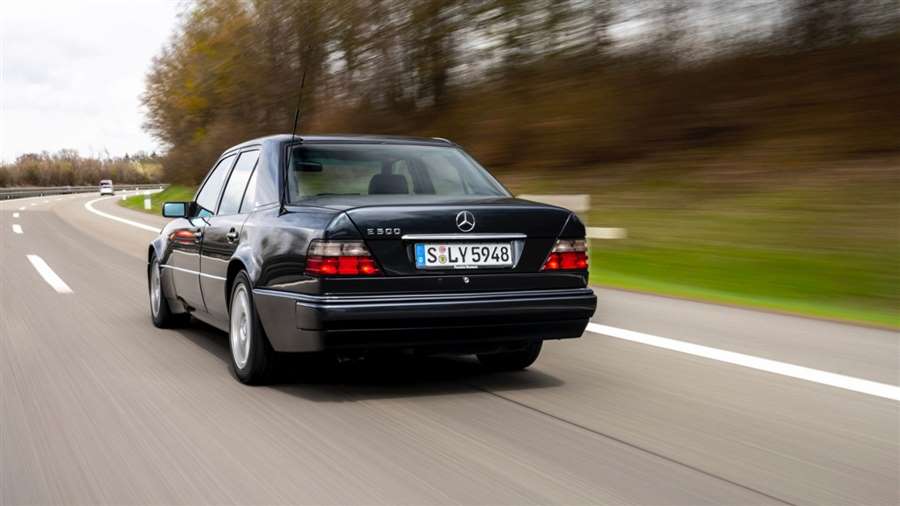"With cutting-edge looks and the technology to back them up, the Model X is one of the most impressive and family-friendly electric cars you can buy"
SUVs and off-roader style cars are selling in bigger numbers than ever before, so it’s hardly surprising that a company with the profile of Tesla should want to move into this fiercely competitive class – and with the Tesla Model X, that’s exactly what it’s done.
The Tesla Model X was the first electric SUV to go on sale in the UK. While it has few direct rivals due to its seven-seat layout and blistering performance, it helped pave the way for several other upmarket electric SUVs, including the Mercedes EQC, Jaguar I-Pace and Audi e-tron.
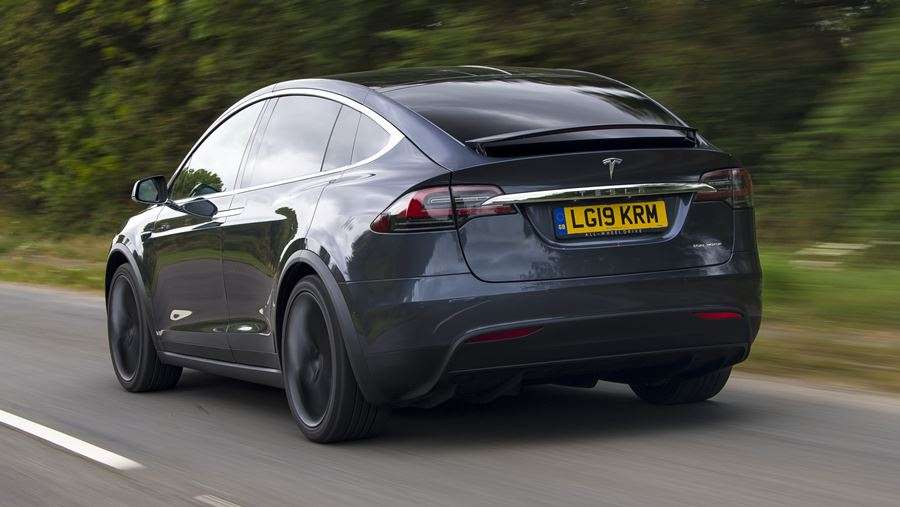
The Model X is sure to appeal to buyers who want the style and practicality of an SUV combined with an electric powertrain. One thing’s for sure: the Model X definitely draws its fair share of attention.
Despite being around for several years now, the shape of the Model X remains instantly recognisable, with its party-piece ‘Falcon Wing’ rear doors remaining an unusual, show-stopping feature. Expect small crowds to gather whenever they open, as onlookers wait to see whether children or aliens emerge from the futuristic-looking machine. They’re not just a gimmick, either – they allow easy access from the front or rear of the car, opening fully in less space than conventional doors.
Elsewhere, the Model X is just as sleek as its Model S sister, although it shares that car’s strangely blank-looking nose treatment that detracts a little from its visual appeal. Generally, though, the Model X has novelty and a high-tech look in its favour, but we reckon the Volvo XC90 is a more handsome SUV.
Offering definite appeal, though, is the technology under the metal. We’ll get to the vital factors of range and charging time later, because the statistics that grabbed all the headlines for the Tesla Model S related to its sheer power and performance, especially the blisteringly quick Performance version. The Model X Performance model uses the same dual-motor, four-wheel-drive power system and offers outrageous performance of 0-60mph in 2.6 seconds, thanks to the car’s ‘Ludicrous mode’. In April 2020, this performance was enhanced further still with the addition of ‘Cheetah Mode,’ which puts the car into an optimal suspension setting for blisteringly quick standing starts.
That’s much faster than a Range Rover Sport SVR, Porsche Cayenne Turbo or BMW X5 M can manage – in fact it's in the same league as the Ferrari 812 Superfast for acceleration – while carrying up to seven people, two more than any of its ultra-powerful rivals can accommodate.
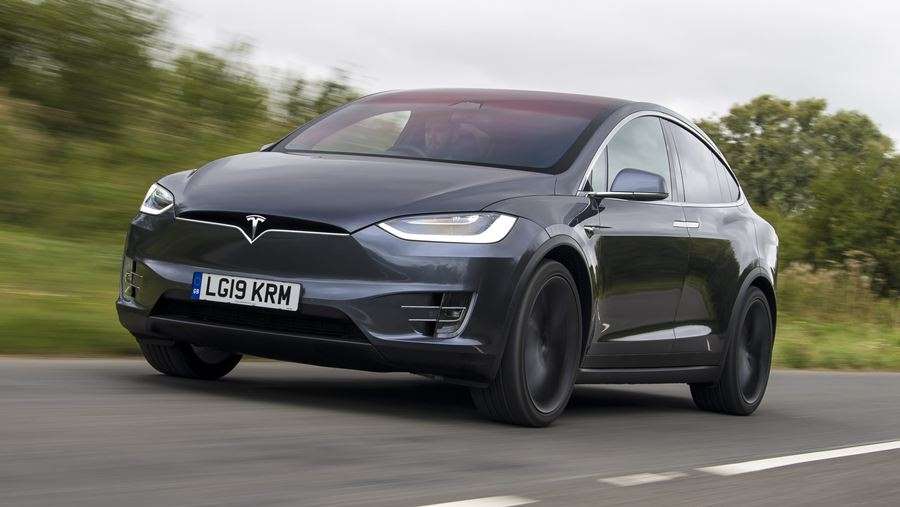
When you’re not exercising its explosive get-up-and-go, the Model X, like its saloon counterpart, offers a maximum driving range between charges that eclipses what most rivals can reach. Both the Long Range Plus and Performance models use a 100kWh battery, offering claimed range figures of 348 and 340 miles respectively.
Tesla has already announced updates to the Model X lineup for next year, including a new Long Range model capable of an estimated range of 360 miles. Above this, a new triple-motor model called the ‘Plaid’ is also available to order; it can sprint from 0-60mph in 2.5 seconds while managing up to 340 miles of range. According to Tesla, both new models will arrive in the UK towards the end of 2022. It’s worth noting that the models they replace are now no longer available, so there’s effectively a lull in brand new examples of the Tesla Model X arriving in the UK until at least late 2022.
In keeping with its hi-tech power system, the Model X interior is dominated by an enormous portrait-orientated touchscreen that controls much of the plentiful standard equipment, while a TFT display presents vital information to the driver. Motorway strain is alleviated by Tesla’s ‘Autopilot’ semi-autonomous driving system.
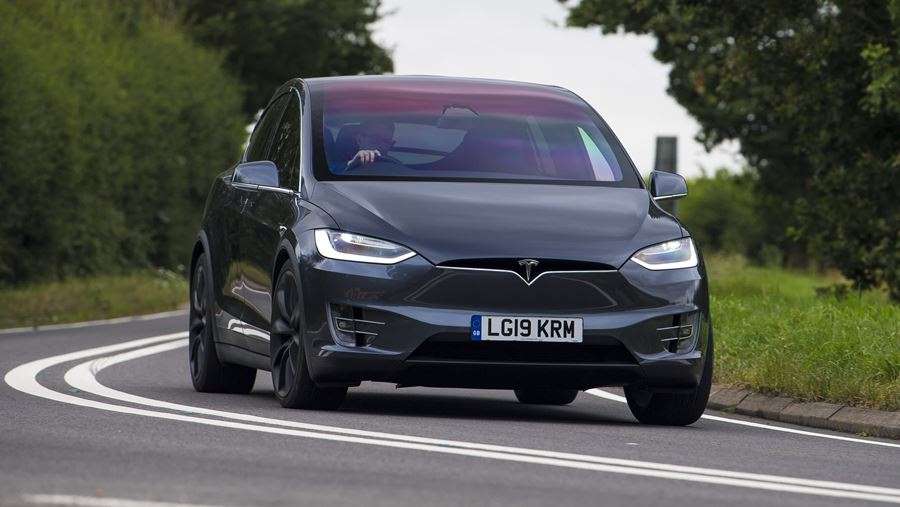
Electric power rather suits a car designed around SUV lines, too – the compact nature of the Model X’s battery packs and electric motors mean every inch of interior space can be used, so it’s a very versatile family vehicle. Five adults can stretch out on the two main seating rows, while an additional third row offers plenty of room for two children.
This all adds up to a very compelling package, which it needs to when you look at the list price. Both versions of the Model X aren’t cheap and are now more expensive than ever for two reasons: they no longer qualify for the government’s plug-in car grant (PiGC) and the entry-level Standard Range model, which used to cost from £75,000, was discontinued in 2020. The Long Range Plus model previously started from around £83,000, while the Model X Performance with ‘Ludicrous Mode’ started at around £100,000. They have been replaced by the Long Range and Plaid models, which cost from over £90,000 and £110,000 respectively; a pair of considerable price tags that would see you behind the wheel of some very exotic conventional cars.
However, there’s no forgetting the low daily running costs, the impressive range on a full charge, the tax advantages for company-car users and the sheer sense of occasion found in driving this car. The Model X will be prohibitively expensive for many, but it may just be the most complete electric family transport solution yet devised.
Tesla Model X SUV - MPG, running costs & CO2
Zero emissions make the Tesla Model X very cheap to run
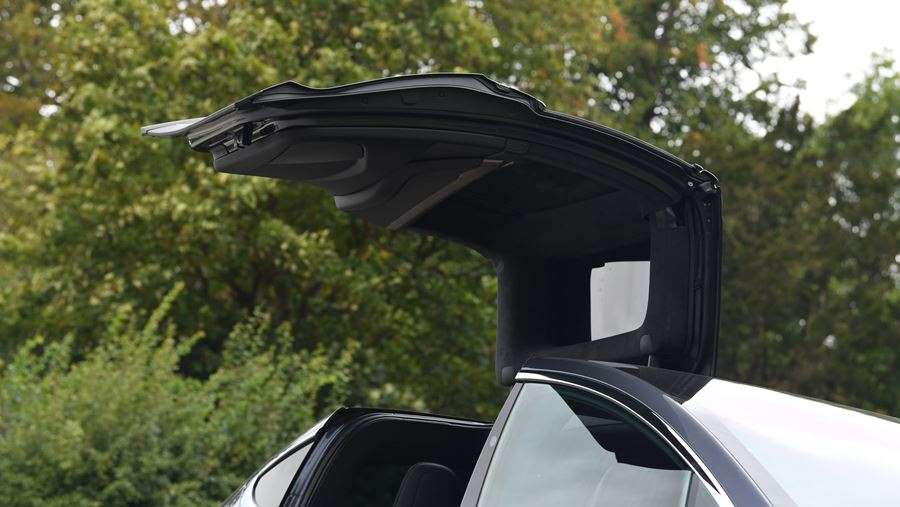
There's no getting around the fact that the Tesla Model X is expensive, whichever version you choose. With prices now starting at well over £90,000 for the entry-level Model X, it is considerably more expensive than most of its established luxury rivals. Combine this with the fact that the Model X no longer qualifies for the government's plug-in car grant, and the cost becomes a factor that holds it back from scoring more highly.
Of course, the Model X’s electric luxury-car status makes it a fairly unique product for the time being at least, so wealthy eco-conscious owners may not be put off by the price. Although it's out of reach of many car buyers, the Model X’s negligible running costs will help balance out the high price for those who choose a Tesla.
Tesla Model X range & charging time
With its long range and absence of any exhaust emissions, the Tesla Model X certainly has what it takes to save money on running costs compared to a conventional petrol or diesel SUV. However, its high purchase price places it out of reach of many motorists.
There’s one type of user for whom the high purchase price of the Model X might not matter – the small percentage of business drivers whose company-car allowance will stretch to the Tesla’s substantially high five-figure (P11D) starting price. If you belong to this rather exclusive club, it’s well worth considering the entry-level Long Range Plus model against premium seven-seat diesel SUVs such as the similarly priced Mercedes GLS 350d or Range Rover TDV6 – if only for the huge saving you’ll make on company-car tax.
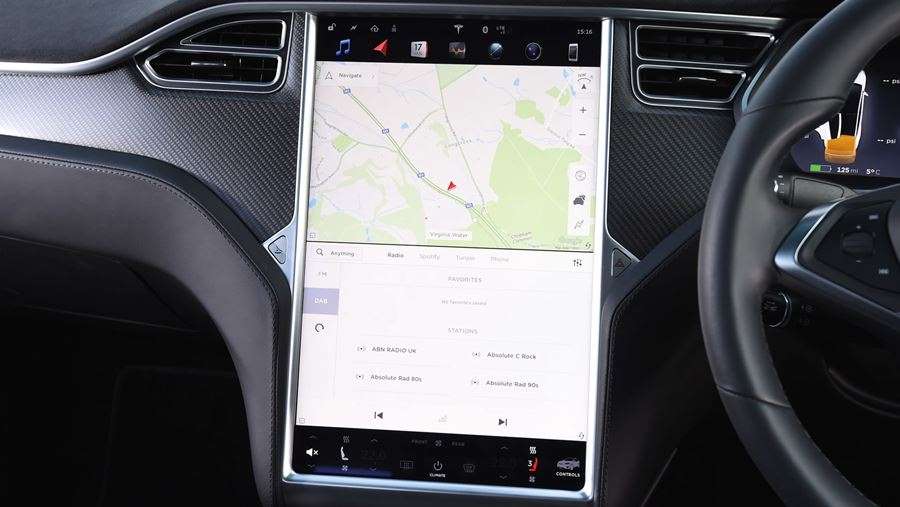
A total absence of CO2 emissions means the Model X will cost nothing in Benefit-in-Kind (BiK) company-car tax for 2020/21. This means it’ll cost massively less to run than the aforementioned GLS 350d – the latter’s CO2 figure of over 200g/km places it in the top BiK bracket, attracting the highest company-car tax costs.
Once the purchase cost of the Model X is out of the way, private owners can look forward to some serious savings compared to petrol or diesel SUVs of the same size – most notably a much reduced fuel bill. Electricity is far cheaper than petrol or diesel and all models have an impressive range. This means you’re not limited to short urban trips within dashing distance of a recharging point.
The Long Range Plus and Performance models in the Model X range have the same battery size, but varying power outputs and maximum ranges. The 100kWh battery pack of the Long Range Plus has a 348-mile range but the Performance model manages 340 miles. An overnight charge will cost only a few pounds.
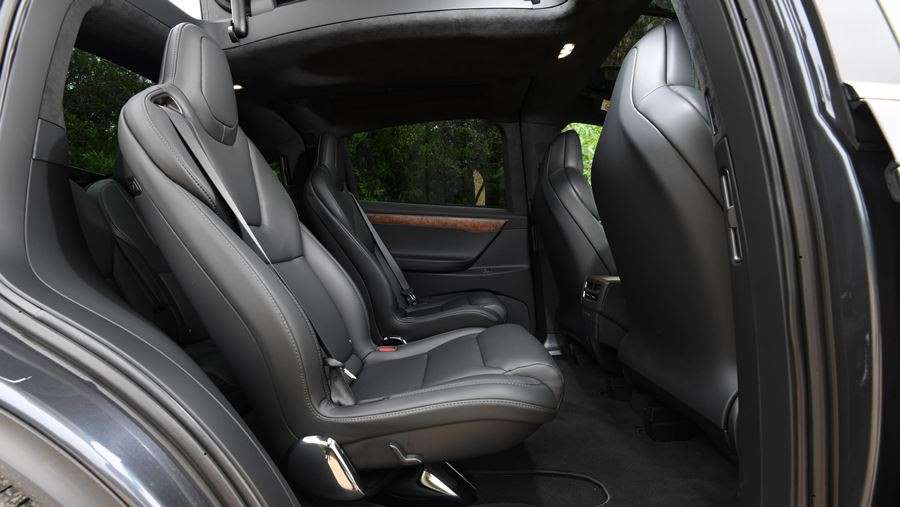
It should be remembered, though, that the car’s actual range will vary between drivers. Tesla admits that range will vary depending on cruising speed, outside temperature and whether your air-conditioning is switched on or off. However, with increasing numbers of fast-charge points appearing at motorway service areas, a mid-journey charge can be scheduled during a lunch stop, making long-haul family road trips a possibility – something not all electric cars can offer. The ever-growing Tesla Supercharger fast-charge network can top up the Model X to 80% within half an hour.
Along with an exemption from VED (road tax), the Model X is also exempt from the annual additional surcharge payable on cars costing more than £40,000.
Insurance
Perhaps due to high repair costs and the Model X’s brisk performance, all versions occupy insurance group 50, the highest banding there is. This compares to the group 45 rating of diesel Range Rovers, although the Mercedes GLS 350d is also placed in group 50. It’s certainly worth obtaining an insurance quote before you decide to buy.
Warranty
Tesla offers an impressive warranty for all cars supplied in the UK, although it’s supplied by AXA insurance rather than Tesla itself. It’s a four-year/50,000-mile policy, while the battery and drive units are covered separately with an eight-year/unlimited-mileage warranty. The main warranty can be extended for up to a total of eight years.
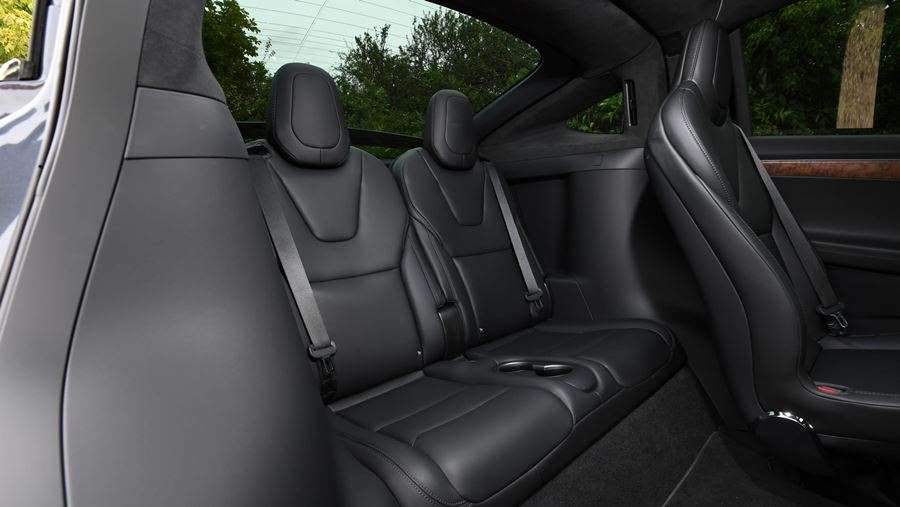
Servicing
Tesla states that its cars require less mechanical servicing than conventional petrol or diesel models, but recommends an inspection every 12,500 miles – or yearly, whichever is the more frequent. Maintenance plans are available to help spread the cost of. Software updates can be performed during scheduled maintenance appointments, or downloaded ‘over the air’ by the car’s on-board internet connection. Tesla suggests that you connect your vehicle to your home’s Wi-Fi network for the fastest possible download time.
Tesla Model X SUV - Engines, drive & performance
If anything belies the idea that electric cars are slow, it’s the Tesla Model X
Despite the fact that it’s a heavy car (weighing in at around 2,300kg), the Model X is satisfying and rewarding to drive on challenging roads. It could never be described as agile, but doesn’t suffer the lumbering, roly-poly feel of most large SUVs. This is thanks to the batteries sitting as low down as possible in the body, which means the Model X has an extremely low centre of gravity, minimising body lean in corners.
As all models use Tesla’s dual-motor, four-wheel-drive configuration, there’s loads of traction on greasy roads or loose surfaces and you can carry a lot of speed through corners without losing confidence. There’s a lot of technology at your disposal to keep the Model X on an even keel, including ‘smart’ air suspension linked to the car’s sat-nav system. This can vary the car’s ride height depending on speed and the kind of surface you’re travelling on.
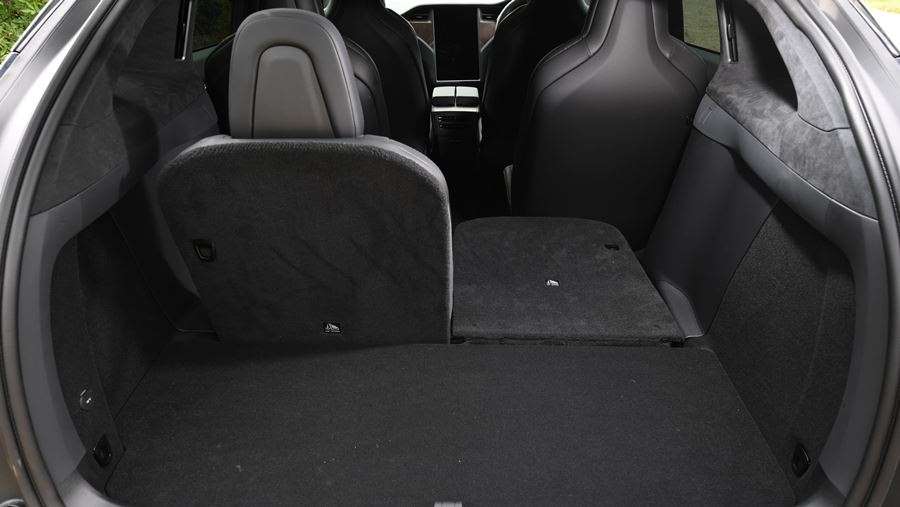
It’s a shame, then, that the feel from the Model X’s electrically assisted steering is rather unconvincing and artificial – akin to a computer game. Although accurate and controllable, you have to rely on your eyes and ears to gauge when the Tesla is close to its limits.
Tesla Model X electric motor
Whichever version of the Tesla Model X you go for, you’ll have an exceptionally quick car on your hands. The Long Range Plus model can cover 0-60mph in 4.4 seconds. Top of the tree sits the Performance, which has a ‘Ludicrous mode’ to enable 0-62mph in a jaw-dropping 2.6 seconds. A software update in April 2020 added ‘Cheetah Stance’, which lowers the nose of the car and adjusts the suspension to improve performance for standing starts. Its wealth of performance abilities comfortably make the Model X Performance the fastest SUV ever built, yet one with a reasonable 340-mile range between charges.
Although the initial rush of acceleration is quite an experience, it isn’t quite so dazzling once you’ve reached cruising speed. At normal speeds, the car’s overtaking ability on the motorway doesn’t feel massively better than that of a powerful diesel or petrol car. The surge from 40-70mph, though – a speed range that covers overtaking slow traffic on single-carriageway roads, for example – is really very impressive.
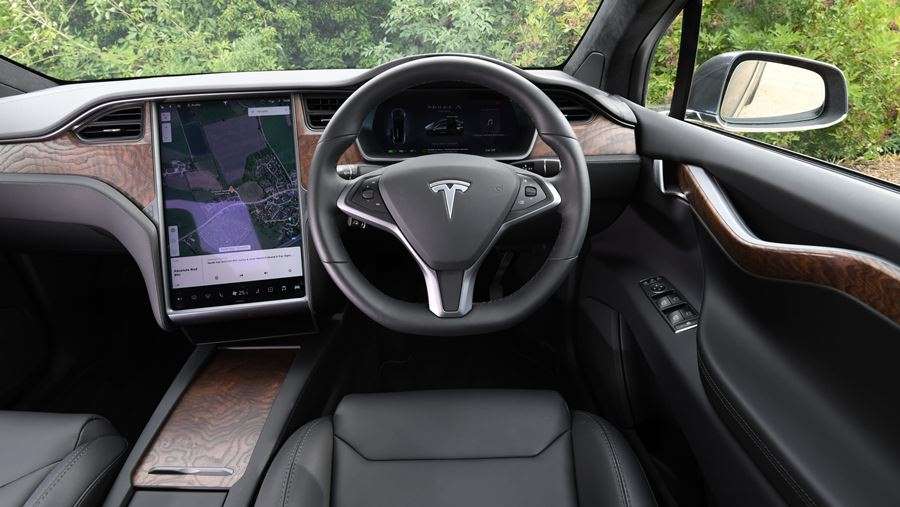
Tesla Model X SUV - Interior & comfort
It’s very light, airy and comfortable, but the build quality of the Tesla Model X is a concern
As you might expect, the Model X is also a terrifically serene car to travel in, with barely a whirl from the motor as you pull away and only the faintest hint of wind noise rustling around the front of the car when you’re up to speed. Needless to say, with so little background noise to overcome, the stereo sounds fantastic.
Beyond its hi-tech touches, though, the Tesla’s interior isn’t actually the most imaginatively designed, nor are all the materials from the top drawer. All the switches that control things not directed from the huge central screen come from Mercedes of old, and some of the plastics on show can’t rival Audi or BMW for quality.
Tesla Model X dashboard
Hop into the Tesla Model X and you’d be forgiven for being temporarily stunned by the sheer size of the vast central touchscreen from which just about all of the car’s functions are controlled. While it looks impressive and seems like a fantastic idea, it might take you longer to completely get the hang of compared to other systems, especially if you’re used to a more conventional layout.
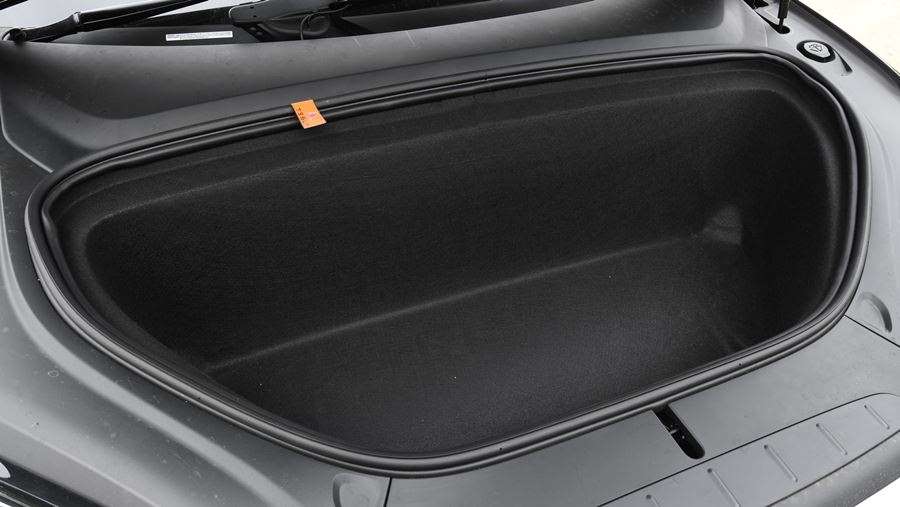
The old touchscreen weakness still applies, too – you may find yourself stabbing inaccurately at the screen on bumpy roads. We’d prefer a few more tactile physical buttons that you can use on the move without taking your eyes off the road.
There’s another screen that dominates the experience too, and that’s the one behind the steering wheel, which shows all the information you’d expect to find in the instrument binnacle of a conventional car. Like Audi’s Virtual Cockpit system, it’s fully configurable by the driver and can show things like speed, battery charge, sat-nav directions, range and what you’re listening to on the car’s stereo.
Connectivity in the Model X is a strong point; install the Tesla app on your smartphone and you can control a range of functions, including the remote-opening doors, climate control and even the headlights and horn. The app also shows how much range your car has left.
Equipment
The Tesla Model X is a lavishly equipped car, whether you choose the Long Range Plus or Performance. All have an air-suspension system with a GPS link that remembers where a higher ride height is required, those eye-catching ‘falcon wing’ rear doors and a huge panoramic windscreen and sunroof. More prosaic are the standard heated seats, keyless go, sat nav with real-time traffic information and up to four ISOFIX child-seat points, depending on the number of seats you choose.
Options
The Model X can be chosen with five, six or seven seats, the first coming as standard. Choosing a three-row, six-seat layout costs an additional £6,300, while a seventh seat is an additional £3,400.
‘Enhanced Autopilot’ is another £5,900, but enables the car to autonomously change lanes to overtake slower traffic, and even to pull off onto slip roads according to the navigation route being followed. A full self-driving capability can be purchased post-delivery, and enables the car to begin its journey with a simple voice command of where you want to go – it can then theoretically do all the driving work itself. However, although the system is “ready to go”, it’s not yet approved for full use on public roads.
Tesla Model X SUV - Practicality & boot space
There’s no doubting the Tesla Model X is a very practical car
The Tesla Model X is a little more compact than more conventional SUVs and its form isn’t dictated by having to accommodate a bulky petrol or diesel engine. Although its outline has a conventional bonnet, you’ll find nothing under it other than a few mechanical service points and a storage area. In fact, the latter contributes to the Model X being an extremely practical family hauler.
Tesla Model X interior space & storage
You can choose the Model X with anything between five and seven seats, and the seats in the first two rows are very comfortable and spacious. Up front, visibility is excellent (although the steep rake of the windscreen does mean that distracting reflections are frustratingly frequent) and there’s plenty of adjustment for the seat and steering wheel.
Getting in and out is easy in both the front and back, with the clever ‘Falcon Wing’ rear doors providing a wide aperture for access to the two back rows, but some may find the 15 seconds they take to open and close a little wearisome. We were impressed by how little space they take up when opened, though, and a proximity sensor is fitted to prevent the doors from striking obstacles.
There’s plenty of leg and headroom for those in the second row, but the third row is better suited to children.
The car comes with an eight-year/unlimited-mileage warranty for its battery and motor, along with a more general four-year/50,000-mile warranty.
Boot space
At the front of the car, a 187-litre storage space under the bonnet can take soft luggage. If you want to lug as much gear as possible, combining this and the boot with all the rear seats folded flat adds up to 2,367 litres of load volume – the same as the far bulkier Mercedes GLS manages. Loading is made easy thanks to a rear boot floor that can be raised for a reduced lip height; there’s also a removable panel for accessing a deep compartment where you can store the car’s charging cables.
Towing
Software is included that monitors trailer sway and applies the brakes to keep car and trailer on an even keel. The braked trailer towing limit is 2,280kg which reduces to 1,588 if you choose the optional 22-inch wheels.
Tesla Model X SUV - Reliability & safety
No evidence of reliability yet, but Tesla’s reputation is encouraging
The Tesla Model X was crash-tested by Euro NCAP in late 2019, earning a five-star safety rating. In 2016, Tesla was the runaway winner of our Driver Power manufacturer survey but since then it hasn’t made an appearance due to too few responses from owners. However, we’ve heard little in the way of complaints from Model X owners, even with the vast array of technology hidden under the car’s bodywork.
Tesla Model X reliability
We can’t compare Tesla’s 2016 Driver Power survey results with those of brands that feature in newer surveys. However, it is fair to say that owners then had mainly positive words for their cars, and we’ve heard little to suggest that things have changed. Owners rated the Model X very highly for reliability, although build quality came in for a little less praise. The Model X is closely related to the Model S under the surface and that car is now well proven. However, some owners in America have reported faults with the ‘falcon wing’ doors.
Safety
When the Model X was crash-tested by Euro NCAP it scored a maximum five-star rating - the same overall score as the Model S and Model 3. The Model X rated highly across the board, including 98% for adult occupant protection and 81% for child occupant protection.
Thanks to its advanced suite of standard safety kit that includes autonomous emergency braking and the ‘Autopilot’ driving assistance system, the Model X scored a highly impressive 94% for safety assistance - a rating only matched in 2019 by the Model 3.
(carbayer.co.uk)


